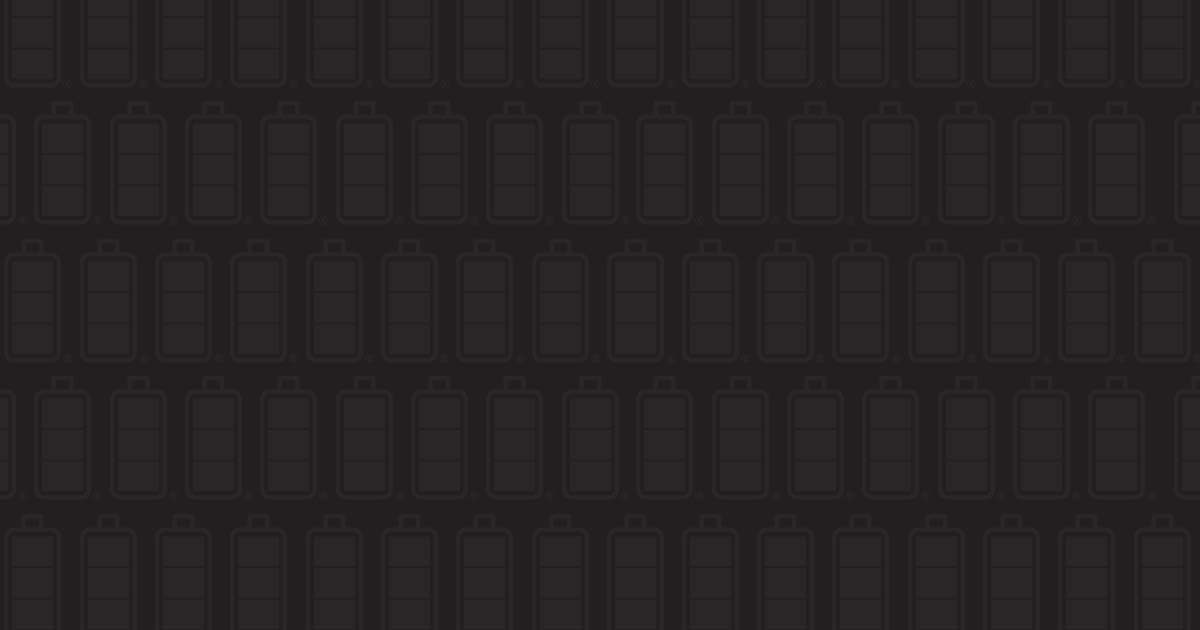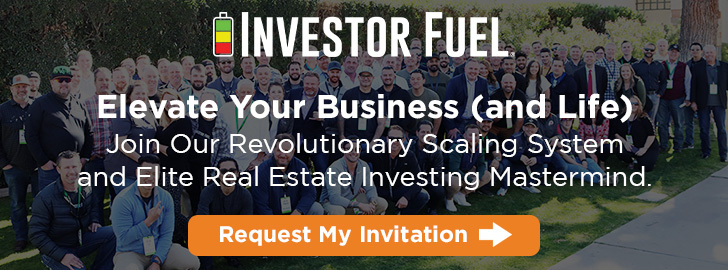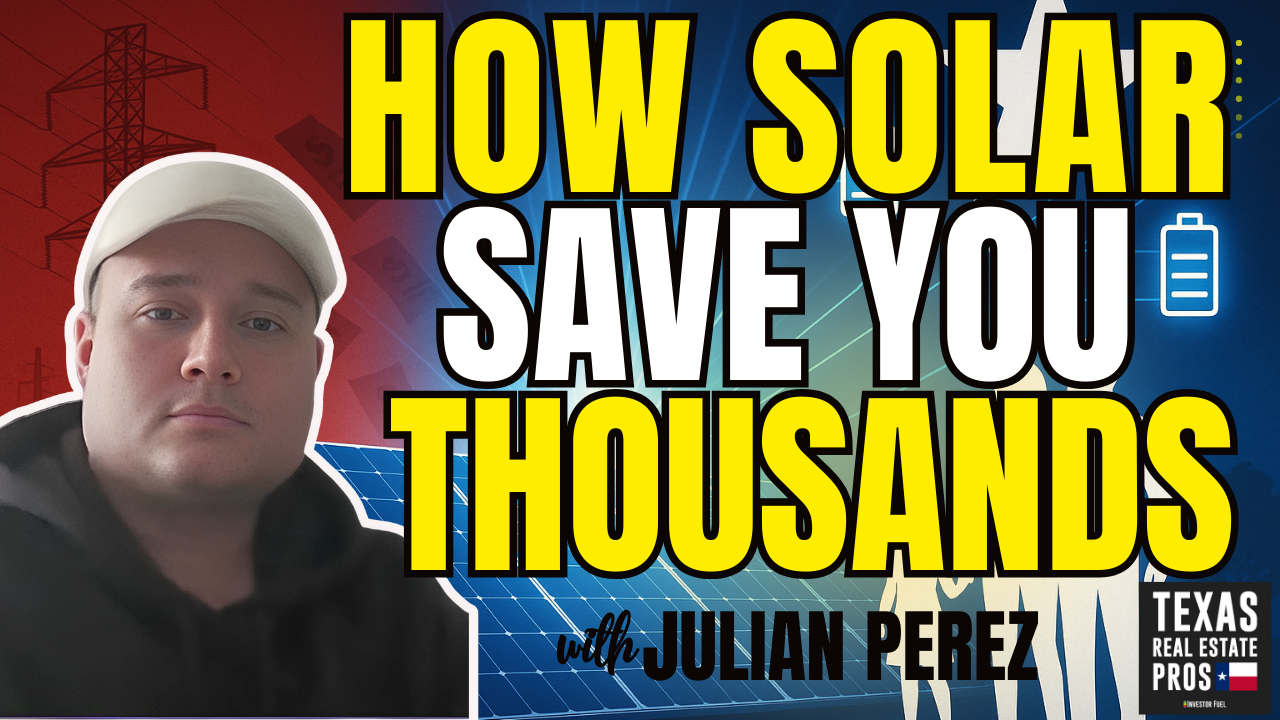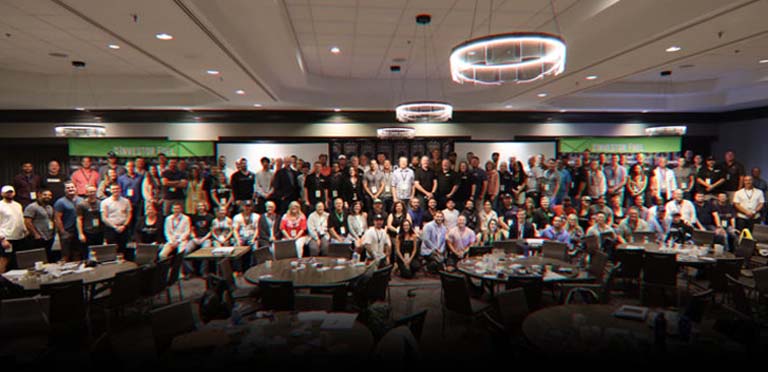
Show Summary
In this conversation, Julian Perez from Arias Solar Care discusses his journey into the solar industry, the intersection of solar energy with glamping, and the evolving landscape of solar adoption in both Texas and Colombia. He highlights the advancements in solar financing options, including leases and power purchase agreements, and the innovative concept of microgrids. The discussion also touches on the integration of solar systems in new construction projects, emphasizing aesthetic considerations and long-term benefits for homeowners.
Resources and Links from this show:
-
Listen to the Audio Version of this Episode
Investor Fuel Show Transcript:
Julian Perez (00:00)
These programs are gonna become more.now as we’re heading towards the end of the year, you see these programs where you’re, if you have enough roof space and ⁓ capacity to install about six batteries, you could apply to own a microgrid. A microgrid is essentially how it works is instead of buying land, which as you may know, Dylan costs thousands of dollars.
Dylan Silver (00:29)
Right.Julian Perez (00:29)
The deal is pretty much if you have a big roof, if you have enough space where we can fit 50, 70, 80 panels and install six batteries, that’s more than enough to cover the average household consumption on electric.Dylan Silver (02:24)
Hey folks, welcome back to the show. Today’s guest is part of the team at Orius Solar Care, focusing on solar installation throughout the state of Texas. Please welcome Julian Perez. Julian, welcome to the show.Julian Perez (02:39)
Thank you so much Dylan. Appreciate the invitation.Dylan Silver (02:41)
I always like to start offat the top of the show, Julian, by asking folks how they got into the space that they’re in. How’d you get into solar?
Julian Perez (02:49)
I think I got into solar out of inspiration. I did not know anything about solar back in 2020. ⁓ I found solar through a project that we were doing where we were trying to figure out a solution on how we were going to get electricity from point A to B and this was a glamping project. Not sure if you’re familiar with the term glamping.Dylan Silver (03:16)
Yeah, absolutely.Julian Perez (03:18)
Okay, so as you know, these are pretty much, you know, in the hill country. It’s a space that’s out of the city. And sometimes it’s land that ⁓ lacks water, lacks electricity, and pretty much you have to work on it on your own. So we were trying to figure out ways, how can we get these units to have electricity? And the easiest way to do it was… ⁓either have solar or pretty much trench from the main panel like more than 150 feet all the way to the glamping, to the unit. So ⁓ solar made it really easy. Put some solar panels on the unit.
Dylan Silver (03:59)
Yeah.Julian Perez (04:04)
Run the run the electrical part and then connect it to its own ⁓ Battery system that way it powers at night and that’s all the that I saw for the very first time how solar worked and I said Wow, I think I’m in love with this I think I can develop a really a really a passion here and now that I see that it’s working I mean for me it wasYou know, it was kind of like a Bluetooth thing. It’s just, that’s how I would describe it back then. I would just see everything turned on with any hard connections directly from the grid, really an offset system. So starting from there, I said, you know what? I might change my industries here. And I applied to a few solar companies and that’s how it all started.
Dylan Silver (05:40)
I wanna ask you about that glamping structure. I’m a big fan of glamping. I’ve now seen this on Airbnb throughout the country. ⁓ I’m a Texas licensed realtor. You’re a Texas ⁓ solar installer. And one of the interesting things is all across Texas and neighboring states as well, you’re seeing more of this ⁓ wilderness, but also ⁓ high-end camping, right? Glamping, as you call it. ⁓Julian Perez (06:10)
Thatbeing said.
Dylan Silver (06:11)
I’m curious, know, there does seem to be a big tie in, right, between that type of ease of access of the solar, also cost saving, because you’re not having to trench so far, and these ADUs and glamping units, right? There’s some crossover there.Julian Perez (06:30)
Right, yeah, so like I said, that was…That’s a project in Colombia that I have with my father and in Colombia it’s even harder because the pretty much those those lands the really beautiful lands I mean as soon as we saw the land My the idea my dad had was let’s just build the regular hotel right kind of you know Not not not a huge hotel, but maybe like six twelve units where people can come and enjoy the view I said well dad you know there’s this new thing called clamping and I think
with this kind of view, I think people would love it. So that’s where the idea came from. ⁓ then like I said, we had that electrical problem now, how are we gonna feed into these units? And solar was the answer. So between real estate and solar, there’s a lot of things.
Dylan Silver (07:19)
Incredible.I want to pivot a bit here. ⁓ We are heavy real estate investor focused. You mentioned doing this deal in Colombia. ⁓ Families from Colombia?
up that I cut out. I say you mentioned doing you mentioned doing this deal in Colombia. I imagine families in Colombia or some families in Colombia.
Julian Perez (07:35)
I’m sorry, think you did.Yeah, I was born in Columbia.
Dylan Silver (07:46)
I’m curious, is solar happening in Columbia in many of the same ways that it has been adopted in Texas? Of course, it’s a sun heavy area, or is it more uncommon and not as widely adopted in Columbia?Julian Perez (08:01)
In Colombia, it’s more commercially utility scale. It’s not a lot on residential homes, ⁓ but it is growing. I’ve seen the adoption of solar energy and the creation of new solar companies in Colombia. ⁓ Just because I follow a lot of my family and friends, I’ve seen how it’s grown. And now it’s going into a residential sector. So it’s definitely growing and the government’s coming with really nice incentives.Dylan Silver (08:26)
Yeah.Julian Perez (08:30)
is very similar with what we have going on here in the States.Dylan Silver (08:34)
What’s interesting about solar, right, is there’s lots of areas that would really be probably perfect for solar that it has not been adopted yet. I live in the Dominican Republic. This is one area where there would be a tremendous use case for solar. ⁓ just like, you know, we’re both Texas guys, just like in Texas, you have a lot of ⁓ stick-built homes and that might not be the most durable long-term, but that’s just the way things are done.It’s difficult to change the guard and the way things are done. But speaking of that and speaking of changing the guard, ⁓ solar has gone through a lot of changes, both with financing, with incentives, with what the public’s perception of it even has been. You’ve been in the industry for several years, enough to see some of these changes. What’s your perspective on how solar has changed over the last 10 to 15 years and then even the last five years?
Julian Perez (10:06)
Well, ⁓ when I started in the industry, the only option there was is pretty much.going cash for a system or getting into a loan and this these are long-term loans and how it works is that the products the finance products that are available are meant to match your energy bill that way it doesn’t Seems like a really harsh investment more like hey, you’re currently paying $350 to your electric company if you go so
today your solar payment would be $300 and your new electric payment to the utility would be $25 to $40 so right now doesn’t seem like a big saving it’s like $10 of saving but in the long run when inflation does its thing ⁓
you will see the savings of solar in the future. still loans are, you know, the idea of going solar is to have control over this asset that produces energy and can mitigate the inflation rates that we have here in the United States. So there’s definitely a positive, there’s pros and cons of owning the system. But since 2023 more or less,
⁓ 2022-2003 now they came up with leases and power purchase agreements which the homeowner doesn’t have to go into alone but it’s just a way of still mitigating inflation without you running your credit and going into this long-term commitment of owning solar and now that the yeah now that the ITC is going away ⁓
Dylan Silver (11:52)
That’s incredible.Julian Perez (11:58)
these programs are gonna become more.now as we’re heading towards the end of the year, you see these programs where you’re, if you have enough roof space and ⁓ capacity to install about six batteries, you could apply to own a microgrid. A microgrid is essentially how it works is instead of buying land, which as you may know, Dylan costs thousands of dollars.
Dylan Silver (12:27)
Right.Julian Perez (12:28)
The deal is pretty much if you have a big roof, if you have enough space where we can fit 50, 70, 80 panels and install six batteries, that’s more than enough to cover the average household consumption on electric.The deal that these finance companies are making is that okay, we’re gonna invest in a microgrid We’re gonna install a you know, 50 to 100 panels on your roof with six batteries We’re gonna do the investment. You don’t have to give us your social security number. You don’t have to sign a 25 30 year ⁓ Mortgage on your solar on your solar alone
What we’re going to do is that we’re going to keep the ITC, which is at 30%. We’re going to do marks depreciation on the solar system. And on top of that, we’re going to sell any excess energy to these distributors like Encore, Centerpoint, AEP. And that’s how we’re going to make our ⁓ return on investment as the finance company. So after year six, if the homeowner wants, they can apply to own the system. They can see, well, so
now that you’ve recovered your investment and you know, you’re satisfied with ⁓ what you’ve ⁓
the outcome of it, how much is the solar system? So that’s the option that now we’re giving the homeowners after, you know, they get all of these tax incentives, which anyways, a lot of homeowners didn’t qualify for the ITC, which is a credit based on your tax liability. Not all of the homeowners were qualified for it. Now these companies are taking the ITC, marks depreciation, and all of these incentives that are available to them
reducing the cost and then after year six pretty much offering the homeowner, hey if you want to keep the system this is the price that we’re gonna give you which is often a heck of a deal for these huge micro get systems.
So
Dylan Silver (15:15)
I wannaask you about ⁓ new construction, ground up construction. I think as someone who’s not 100 % familiar with this space of solar, but I am familiar with real estate, ground up construction seems like the best opportunity ⁓ to add solar, right? So it’s a brand new home in many cases, in most cases, going to someone who intends to make that their homestead.
And if I am going to be paying the electric bill ⁓ I would like to have it be stabilized and would like to be able to budget it long term and if I’m already going to be paying a mortgage payment and being able to you know roll in that that ⁓ Solar would would make sense. Is that something that ever happens to your knowledge? Is there ever a case where ground-up new construction and solar are being?
⁓ built hand in hand and there’s not a separate loan for the solar than there is the mortgage payment.
Julian Perez (16:17)
Right, right. They’re doing that in California here in Texas. There’s an entire community in Georgetown ⁓ wherethe solar installer and all of their homes have already solar and the cool thing about it is that instead of the conduits going up the roof on the side of the house, which doesn’t look as aesthetically pleasing as as you would want these houses come with all the PV electrical system interior. So no ugly conduits running on the side of your
home, really aesthetic attic runs, side of the house is ⁓ not a thing anymore. So all you see is looks either the inverter or a combiner box on the side of the house and that’s it. And of course, if you have batteries, well, you can add the batteries to it. But us personally, yes, we’ve had ⁓
Home investors, ⁓ even people that want to add solar from the start come to us and that’s what they want. They want the aesthetics of it. They don’t want crazy attic, ⁓ crazy conduit running up their roof on the side of the house. They want everything in purely done and at the end of the day, that’s even better because you know that the electrical connections are gonna be protected and is gonna be equivalent as having your
Dylan Silver (17:33)
Right.Julian Perez (17:48)
electrical system for your home for 30 plus years.Dylan Silver (17:52)
Julian, we are coming up on time here. Where can folks go if maybe, hey, they’d like to reach out to you, they may be interested in getting solar, or they might like to get in contact with you directly and have a question for you about your experience in the solar space.Julian Perez (18:08)
I’ll be happy to yeah, you guys can go on Google search for Orius solar care You will be pleased to encounter a five-star Solar company you can go through the reviews and judge for yourself, right? I’m not here to say that we’re the absolute best and we do this and that ⁓ Judge by your own ⁓Go on Google, go on BBB, you can find us there, you can find our website, and if you want to give us a call, our staff will be more than happy to take your call and guide you on the right direction. Our phone number is 1-800-613-2799. 1-800-613-2799.
Dylan Silver (18:48)
Julian, thank you so much for coming on the show here today.Julian Perez (18:51)
It’s my pleasure. Thank you Dylan for having me.









